Beverly Hills
Breast Implant Revision
Dr. Applebaum
Beverly Hills
Breast Implant Revision
Dr. Applebaum
Dr. Applebaum's Before and after Breast Implant Revision
You don’t have to live with breast implant results you don’t love. Dr. Applebaum’s Breast Implant Revision procedure is carefully customized to provide the shapely, self-confident you that you have been seeking.
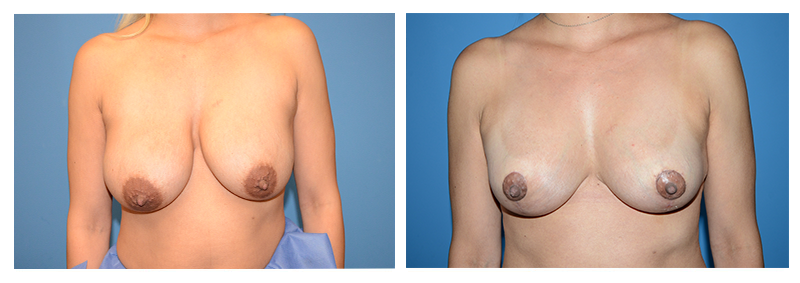
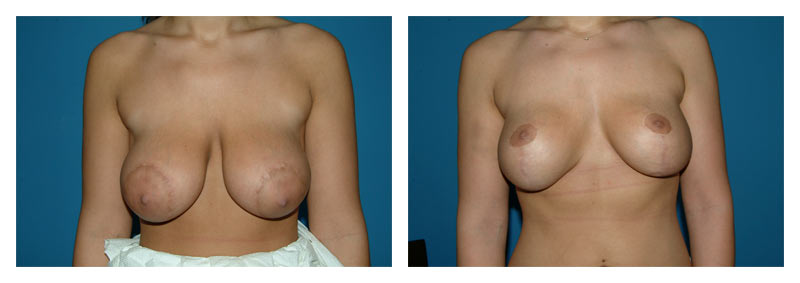
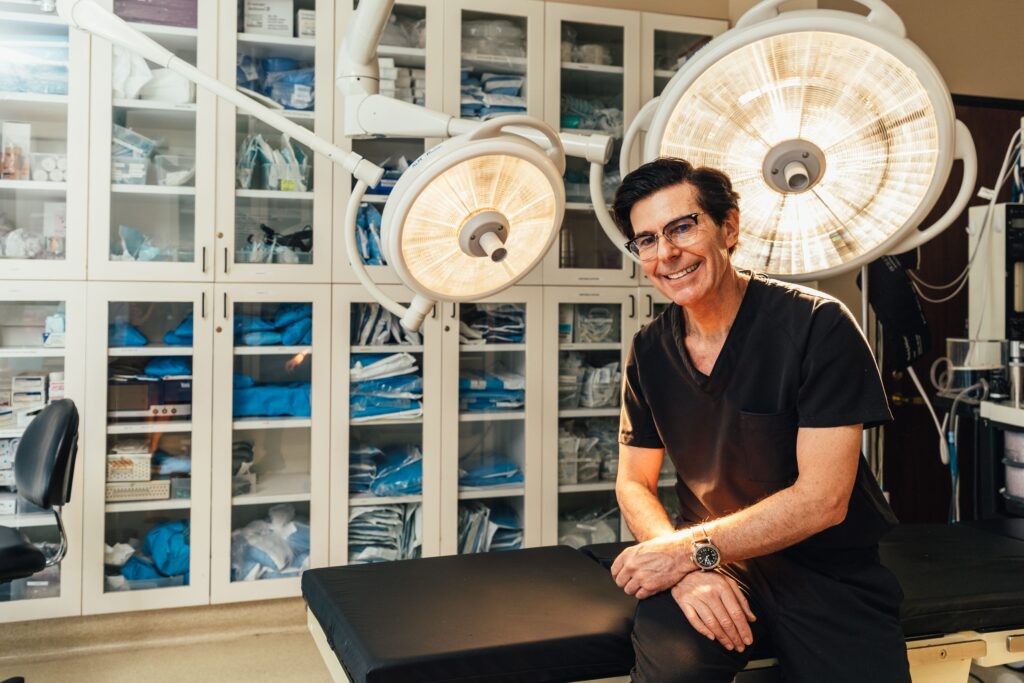
Why Dr. Applebaum?
Patient care, trust, and your satisfaction with good outcomes are Dr. Applebaum’s primary focus.
Patients who have had a previous breast augmentation and are finding themselves less than thrilled with their current results often turn to Dr. Applebaum for breast implant revision surgery.
Dr. Applebaum is a board certified plastic surgeon with over two decades of aesthetic and reconstructive breast surgery in Beverly Hills, and his experience in handling difficult primary and secondary procedures helps his patients to finally find the results they’ve been looking for.
There are many reasons why patients consider breast implant revision surgery, and some of the common reasons are changes in breast implant size, aging implants that have dropped and implant encapsulation. Some patients have had a poor surgical experience from a previous surgeon that has resulted in a need for breast implant revision surgery. Capsular contracture, a condition that occurs when scar tissue builds up around the implants over time, can be very painful and require surgical treatment. Other patients require a reshaping of the breast implant pocket due to the implants migrating to an undesirable location. Patients who have suffered from an implant rupture may need the ruptured implant to be removed or replaced.
Approximately 37 percent of breast revision surgeries are done because patients want to increase their implants to a larger size. Some women who have had breast implants for years find that they want to downsize their implants after having children. Other women decide that they want to change from one type of implant to another, such as from silicone gel implants to saline implants or vice versa. Although breast implants have a lifetime warranty, it is common for women to choose to replace or update their breast implants after about 15 years.
When should I consider a Breast Implant Revision
Reviews
Testimonial
I have seen my fair share of surgeons before meeting Dr. Applebaum and there are no words that can describe how incredible he is. From the second I entered his office, I felt an immediate feeling of trust and respect. His staff, made out of the most wonderful, smart ladies, made me feel at home and taken care of. Dr. Applebaum is THE most caring, attentive, incredible surgeon I have ever met and most of all he is an artist. I would have never dreamt of achieving the results I am now seeing everyday thanks to him. I will be forever thankful to all the help he has given me. Please look no further, in a city like LA it is very hard finding someone that will understand who you are and what you want without being biased by the standards of this city.
Reviews

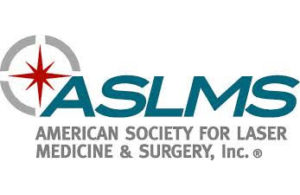
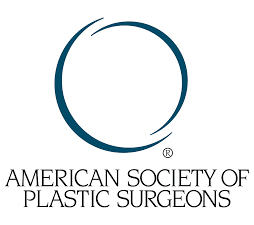



BREAST IMPLANT REVISION FAQs
Breast implant revision surgery is a type of plastic surgery performed to address an issue from a previous breast augmentation procedure. The reasons for the revision depends on the patient and is typically done to change the appearance of the breast or update the implant with a new implant.
There are many reasons why patients consider breast implant revision surgery. While breast implants have a lifetime warranty, most women choose to replace, update, or otherwise alter their breast implants about every 15 -30 years.
Some of the most common reasons for breast implant revision include:
- Desire to increase or decrease the size of the implants
- Dissatisfaction with previous surgical results
- Concern about possible implant rupture
- Changing from one type or style of implant to another
- Desire to reshape the breast implant pocket as a result of implant migration
- Pain associated with a medical condition called capsular contracture
- The appearance of rippling or wrinkling across the breasts
- Weight gain or weight loss contributing to the appearance of the breasts
- Sagging breasts due to aging or breastfeeding
The most common reason for breast implant revision surgery is to change breast appearance to remove asymmetry and improve the overall breast shape. Of these patients, most desire a larger implant size than they currently have; approximately 37 percent of breast revision surgeries are performed for this reason.
Other women may want to downsize their implants after pregnancy, childbirth, and breastfeeding. A breast augmentation revision is a cosmetic surgery that can be reconstructive, meaning it intends to restore the natural breasts to a normal shape or appearance, or it can be primarily aesthetic, meaning it is done with the intention of breast reduction or enlarging.
Capsular contracture is a complication that some patients experience after a breast revision procedure. Any time an implant of any type is placed within the body, scar tissue forms around the implant as part of the natural healing process.
The scar tissue that forms around a breast implant is very normal and is the bodies response to a foreign body and it helps to keep the implant in place and prevent slipping or migration. However, some people develop unusually hard scar tissue which contracts, potentially affecting the appearance of the implant or causing a ruptured implant in some cases.
There are four grades of capsular contracture.
Grade 1
Grade 1 capsular contracture does not produce any noticeable symptoms. The implants’ shape, size, texture, and appearance are not affected, and the breasts feel natural and soft.
Grade 2
Grade 2 capsular contracture is a minor condition in which the implants may feel firmer or harder to the touch. With grade 2 capsular contracture, the breasts typically appear normal but may exhibit minor cosmetic symptoms.
Grade 3
Grade 3 capsular contracture can cause the breasts to appear abnormal in size, shape, touch, and texture. The breasts may appear overly round or hard, the nipples may become misshapen, and the breasts can be firm or hard to the touch. Despite the visible abnormalities, the breasts are not typically painful.
Grade 4
Grade 4 capsular contracture is the most severe form of the condition. The physical appearance and feel of the breasts is similar to grade 3 capsular contracture, but the breasts are likely to be painful to the touch.
Approximately 75 percent of patients who experience capsular contracture will develop the condition within two years of surgery, although some patients may not develop the condition for several years.
Breast implant revision surgery can help patients who experience capsular contracture regain their breast implants’ soft, youthful appearance. It is often part of a treatment plan for capsular contracture.
If you are unhappy with your existing breast implants’ size, shape, appearance, or texture, you may be interested in pursuing Beverly Hills breast implant revision surgery.
The best candidates for breast implant revision surgery include:
- Patients who are at a stable weight (i.e., not expecting to gain or lose significant amounts of weight)
- Patients who are finished with pregnancy and breastfeeding
- Patients who are physically healthy and do not smoke
- Patients who have concerns about the condition of their implants (i.e., believe their implant may have ruptured or compromised)
Breast implant revision surgery is best performed when a patient has a clear vision of what they want their breast implants to look like and is done with losing or gaining large amounts of weight.
Because weight loss and weight gain can alter the size and shape of the breasts, Dr. Applebaum recommends reaching a stable weight before pursuing breast implant revision surgery.
Breast implant revision surgery is unique because Dr. Applebaum is a Beverly Hills plastic surgeon who tailors the procedure to each patient depending on their current implants, body type, aesthetic goals, and other factors.
Incisions commonly used in breast implant revision surgery may include:
- Inframammary incisions (incisions placed in the crease under the breast)
- Breast lift incisions (a vertical incision or Wise pattern incision)
- Peri-areolar incisions (incision around the areola that allows for reshaping of the nipple)
The type of incision used depends on the patient’s aesthetic goals. In many cases, Dr. Applebaum and his assistants use the patient’s original incision for breast augmentation surgery to minimize additional scarring.
Patients desiring larger implants will have the size of the capsule surrounding the implant widened to accommodate the larger implant. In comparison, patients desiring smaller implants may have the capsule sutured to a smaller size to fit the new implant appropriately.
Patients experiencing sagging breasts due to aging, weight loss, breastfeeding, or other causes may desire a breast lift to be performed with the implant replacement. The nipples and areola can be repositioned or lifted if the patient desires.
Implants that have migrated or slipped can be removed, and the capsule repositioned using sutures that bring the implants to the appropriate location.
It is essential that patients choose a highly skilled and board-certified plastic surgeon to perform their breast implant revision surgery, because revision surgery is always more difficult than the initial breast augmentation procedure. Due to the presence of existing scar tissue around the original implants, the results of breast implant revision surgery are less predictable, which makes the surgery more challenging. The breast tissue has also stretched and changed over time to accommodate the original implants, which can change the appearance of the breasts and create challenges for the surgeon. Finally, many patients who are pursuing breast implant revision surgery are frustrated and disillusioned by their experience and may have unrealistic expectations of what a revision surgery can accomplish. Communication is critical, which is why Dr. Applebaum takes extensive time during each consultation to talk through goals and expectations for each patient based on their specific circumstances and case.
The amount of time spent recovering from breast implant revision surgery depends on the specifics of your procedure. Patients simply having their breast implants removed will have a short recovery with minimal discomfort and can return to their normal activities when their incisions heal.
Patients replacing their implants with larger or smaller implants will have a longer recovery time as the capsule around the implant heals. Dr. Applebaum will likely ask you to refrain from physical activity that causes the breasts to bounce or move much during this time.
Patients typically need about a month before returning to normal physical activity, but each patient’s recovery is different.
Patients with a breast lift at the same time as implant replacement will also have a slightly longer recovery. Patients should note that the implants will take several weeks or months to settle into their final position and be fully healed.
Therefore, it’s important to be especially careful during this time and avoid any excessive or jarring physical activity that could impact your recovery.
Most patients face less recovery time after a breast implant revision surgery than after the original surgery because tissue that can protect the implants has already formed around the breast implant pockets. Dr. Applebaum uses the existing breast incision sites whenever possible in order to minimize scarring and reduce recovery times. Depending on the type of revision that is required, some patients may need to wear a recovery bra or similar garment, but other patients may not. Each patient’s recovery will depend on the details of their individual procedure and will be discussed thoroughly at your consultation.
In many instances the same incision used for the first or prior surgeries can be used to perform the revision surgery. In some cases where the initial incision was through the belly button (umbilicus) or through the axilla will require a different incision to perform the revision surgery. In some cases a breast lift is needed which could add some additional scars to the final result.